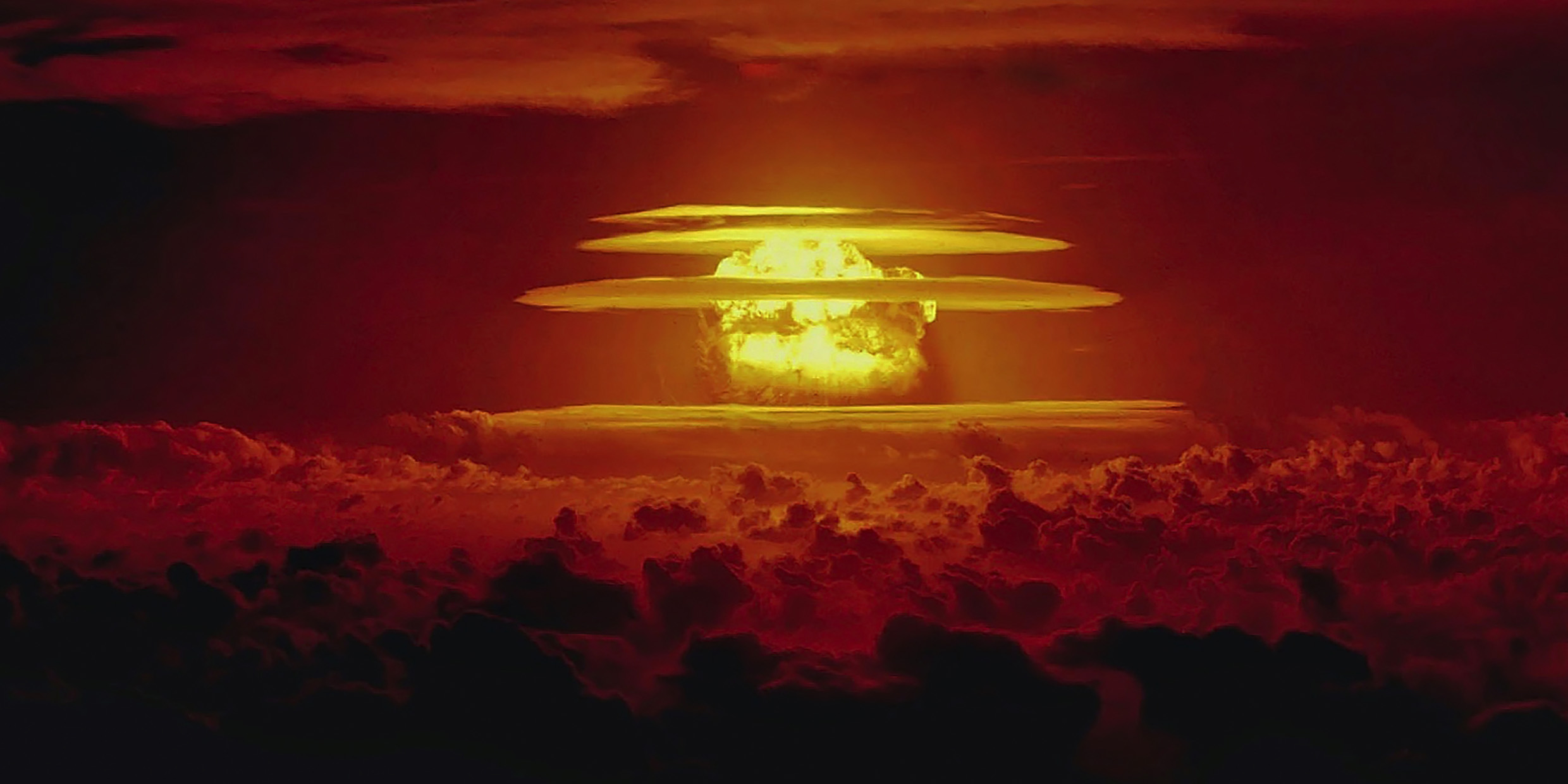Originally published 29 December 1986
It is often said that nuclear war is “unthinkable.”
But it is thinkable. There are hundreds of scientists whose business it is to think about the weapons of nuclear war — how to use them, how not the use them, how to build them, how to get rid of them, and what the consequences of their use might be. Some of these scientists are passionate advocates of disarmament. Others believe nuclear weapons are essential to our national defense. All of them think about the unthinkable.
A few weeks ago [in 1986], a group of researchers from the US Forest Service, NASA, and the Defense Department set fire to 600 acres of the Angeles National Forest, near Los Angeles, so they might better think about the effects of nuclear weapons. The scientists flew a variety of aircraft through the smoke cloud produced by the fire to measure its volume and opaqueness to sunlight. A knowledge of these factors is necessary if one is to accurately estimate the effect on climate of fires ignited by a nuclear war. In particular, the researchers want to know if smoke produced by burning cities in the aftermath of a nuclear attack will cause a “nuclear winter.”
The nuclear winter theory came to the public’s attention in 1983 when an interdisciplinary group of prominent scientists announced a new assessment of the possible consequences of a nuclear exchange. There names were Turco, Toon, Ackerman, Pollack, and Sagan — TTAPS for short.
They were not concerned with the estimated 1.1 billion fatalities that would result from a blast, fire, and radiation in a full-scale nuclear attack (275 times the population of metropolitan Boston), nor with the equal number of blast-related injuries that would require medical attention. Their concern was with the 2 billion to 3 billion human beings who would not be immediate victims of the attack, including those in nations far removed from the conflict.
Cold and darkness
The nuclear winter scenario proposed by the group was horrifying (if anything could be more horrifying than what was already known). According to their mathematical simulations, dust raised by the blast and smoke from burning cities and forest would attenuate the sun’s light and heat sufficiently to plunge the northern hemisphere, and perhaps the entire planet, into cold and darkness for many months. The TTAPS group concluded that the extinction of a large fraction of the Earth’s animals, plants, and micro-organisms seemed possible, and that the extinction of the human species could not be excluded.
Perhaps the most frightening part of the study is the conclusion that a nuclear winter could be initiated by the use of even a small fraction of the weapons available in nuclear arsenals.
The report made the unthinkable even more unthinkable. It also sparked a debate among thinking scientists and war planners that continues to this day. Further studies have confirmed the broad outlines of the original work. But there were many assumptions in the TTAPS study, including such things as how much soot is produced by urban fires, the size of soot particles, and how much soot would be injected into the upper atmosphere by smoke plumes. It was the purpose of the California forest fire experiment to refine those assumptions.
Review of research
In a recent issue of Nature (Nov. 20, 1986), Joyce Penner, a scientist at the federally funded Lawrence Livermore National Laboratory in California, reviewed the state of research on nuclear winter. She concedes that a worst-case scenario is possible. But the drift of her review is optimistic — in a macabre sort of way.
Penner finds reasons why some of the earlier studies may have overestimated the effect of a nuclear exchange on climate: No account was taken of the overlap of burned areas when detonations take place near one another, and some estimates of the amount of urban fuel to be burned ignored the fact that targets such as airports reside on the outer edge of cities.
Further, says Penner, the long-term consequences of a nuclear exchange would be lessened if the attack took place in winter (because of diminished effect on agricultural production) and if warring nations avoid targeting fuel depots, oil and gas production fields and refineries.
For the purpose of calculation, Penner assumes a scenario in which 40 – 80 percent of all urban fuels are burned and concludes that we don’t yet know enough about soot production or soot opacity to say how severe the effect on climate would be. She talks of the importance of experiments, such as the one carried out in California, to measure smoke and soot production by major fires.
One hardly knows whether to be encouraged or depressed by such things as the California smoke experiment and Penner’s article. On the one hand, one assumes that a knowledge of the unthinkable suffering that would ensue from a nuclear winter would induce nations to think twice about the continuing build-up of weapons stockpiles, and certainly to refrain from using them. On the other hand, there is the terrifying lesson of history that what becomes thinkable usually happens.



